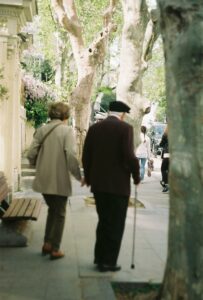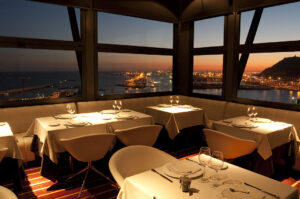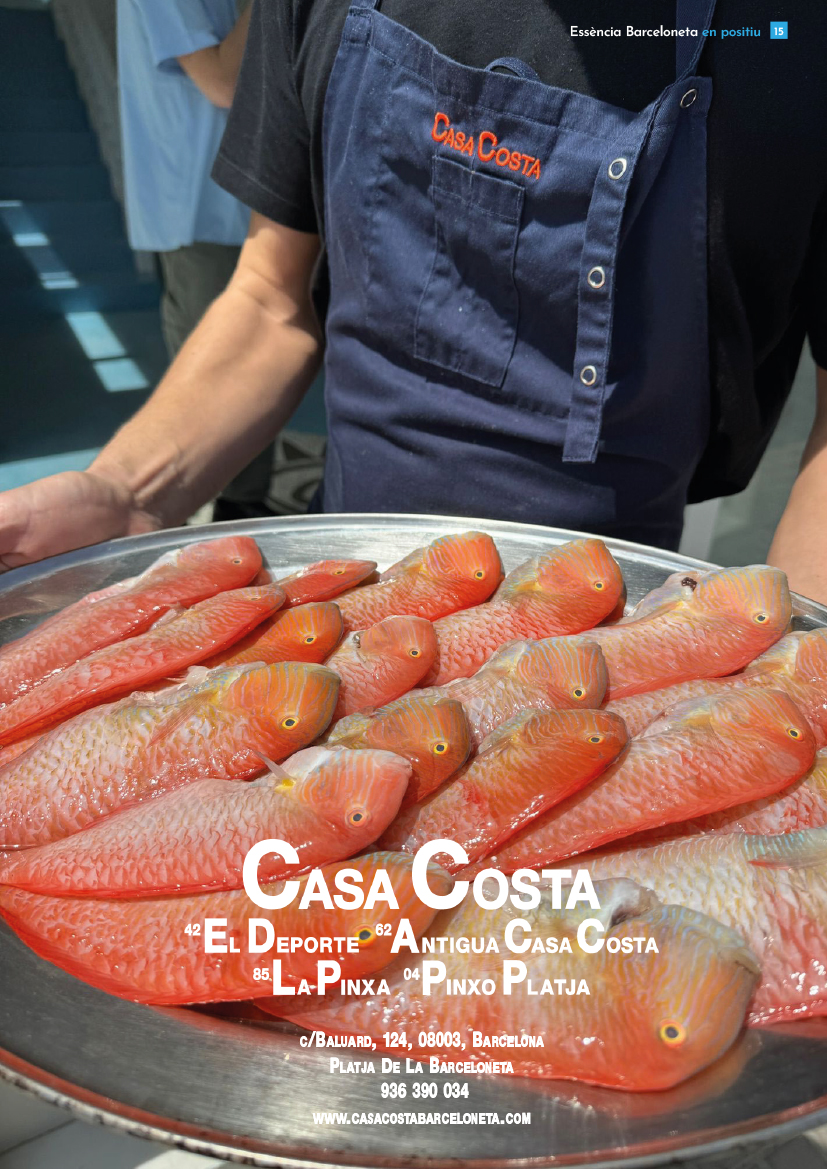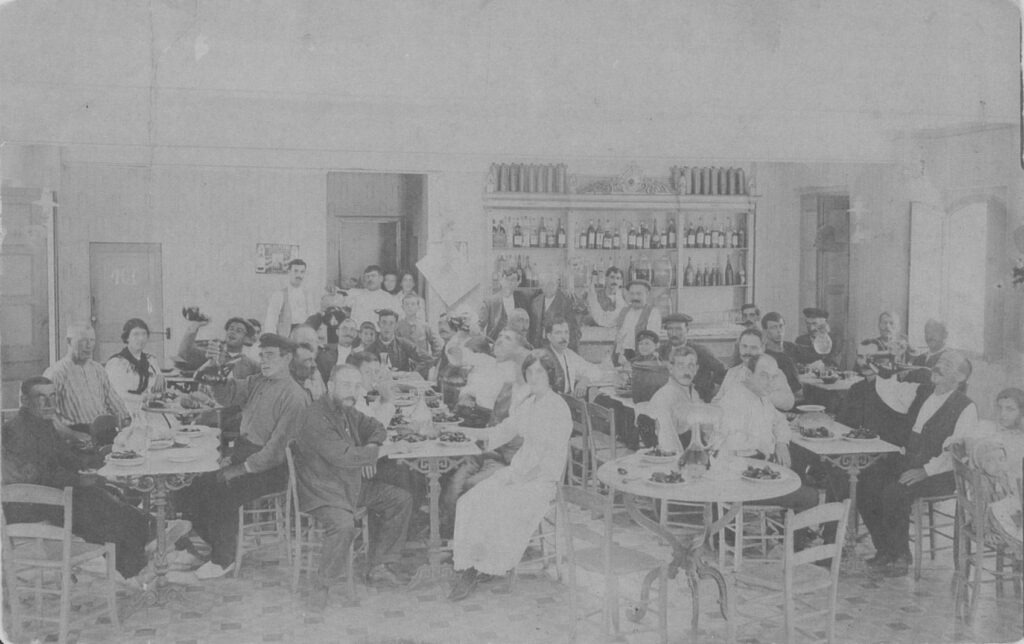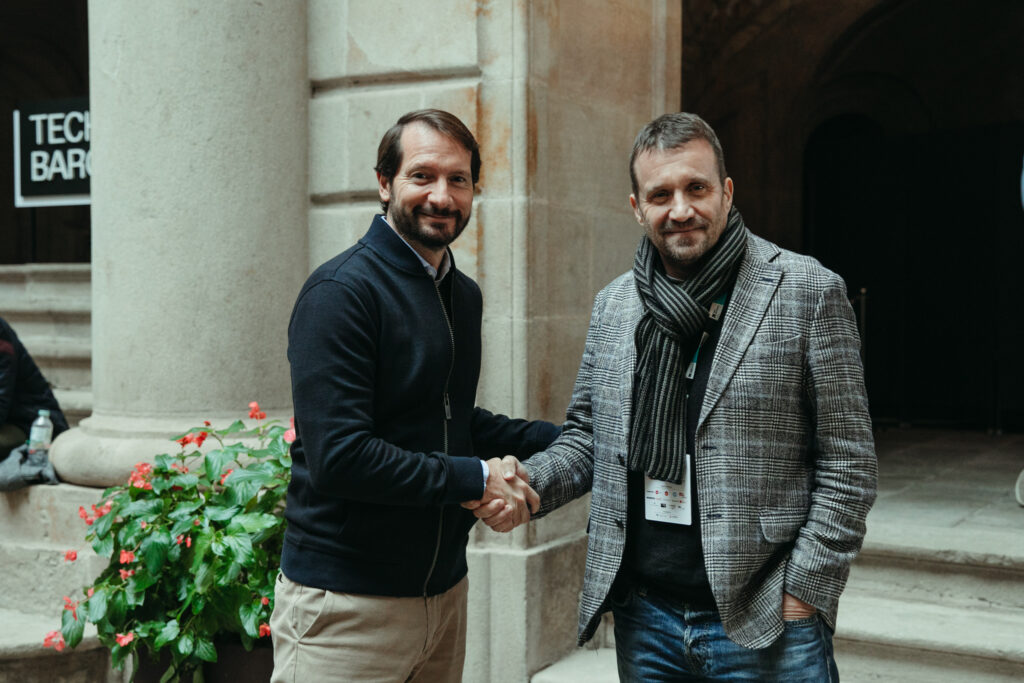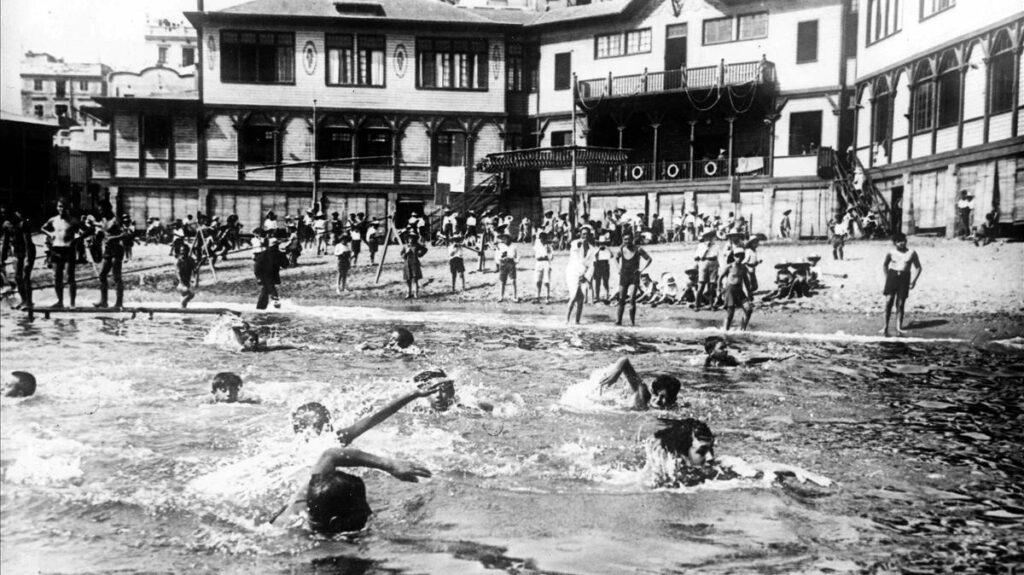The America’s Cup and La Barceloneta have something fundamental in common: the sea. Both are born of that sea that gives meaning to their existence. That is why it is essential that now their paths have crossed, they get to know each other as they were always meant to be.
In this report we want to emphasize the fishing link of the neighborhood and, in particular, how it has influenced another of its main and differential values: gastronomy.
It all begins on deck, in the – in those days – rudimentary coal stoves of the wooden fishing boats and the always-well-secured pots so that they would not be overturned by the waves. During the fishing days, the crew would cook meals. They were simple dishes but, logically, with a common component: freshly caught fish. In our eyes it was a privilege, but for them it was the most economical and affordable, since they had it at hand. From land they only shipped bread and non-perishable products such as rice, potatoes, onions, legumes or, later on, pasta, and of course, the drink.
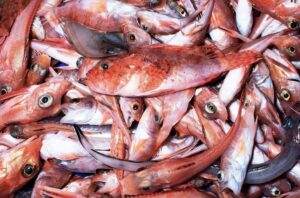
This selection of the catch had a very clear premise: the one that had the best sale, was not caught. That is why, normally, fish or shellfish that had broken off by getting caught in the net or species with less value or commercial value were separated. The skipper was not willing to waste a sale.
Thus, it is this variety and a certain improvisation of what we have today that characterizes all the recipes on board. From the Catalan zarzuela, to the “marmita” of the Bay of Biscay, or the casseroles and “embanco” of the South.
The cook and the work are in charge
There is no fixed meal schedule. The on-board meal is always subject to the conditions and circumstances of the moment, that is to say, to the demands of the work and the fruits of the catch. Therefore, the menu is usually decided according to what is obtained in the first bowls. In addition, it is sometimes necessary to interrupt the meal and get down to work. Work rules… and the cook.
The cook is just another fisherman who also performs the other functions assigned to him. In the past, many had never fried an egg before setting sail. But in the end, a good cook was highly valued by the rest of the crew.
There are species that predominate in the ranch and not on a whim, but because they are the ones that best suit the situation that the cook has at that moment. For example, those that do not have bone spines but cartilage tend to be more common. The explanation: if they are overcooked for reasons attributable to fishing, the stew loses some texture, but gains in taste. And since there are no bones, you will not find them either in the pot or in the pan.
The rancho marinero is the dish traditionally cooked by fishermen, on board, with the fresh fish except for the sea.
Seafood recipes
Ferran Agulló. Author of the “Libro de la Cocina Catalana” (1928), in 1929 published two recipes, one of fish a la sucia and the other one of sopa de rap en el “bou” in the Veu de Catalunya that he had collected when he embarked on the ox boats of Barceloneta. They are a small representation of the many recipes that were made on the boat.
Fish en la sucia
“In a pot -if it can be made of iron, better- a liter of water. When it starts boiling, put a couple of tomatoes, an onion and a whole peeled head of garlic in. Let it boil until it falls apart, and the water is reduced to less than half. Two spoonful of hot oil and the fish that is wanted, for six people, taking care to throw first the strongest fish, grouper, “gallina”, escorpera, and then the weakest, conger eel, plow, sea bass, dental, etc. . It can be made with only one kind of fish, but it is better to use different kinds. It is possible to add some seafood”.
Monkfish soup on the “bou” (trawler)
“The soup. With a liter and a half of water, boil a third of octopus (for six people). After twenty-five minutes of boiling, drain it well, throw away the water, and add a liter of new water. When it starts boiling, throw in the octopuses again leave them to simmer for about twenty minutes. Meanwhile, in another pot, pour a liter and a half of water, a third of a monkfish, divided into two pieces, by the edge of the head and cook. When cooked, separate bones and remove them, and then throw the pulp back into the water. In a separate vessel, pot or casserole, put a tomatoe sauce with a couple of spoonsful of oil and garlic -first the garlic is sautéed- well chopped, and it is drowned with a glass of wine -if it is white, it is better-. Add this sauce to the monkfish pot and, when it boils, add the bread – toasted bread is better -, and from time to time, a teaspoon of water in which the octopus has been boiled. Stir well so that the bread crumbles, and add salt and a handful of pepper, to taste.
With the collaboration of:
Jordi Tresserras. UNESCO and EU Consultant.
